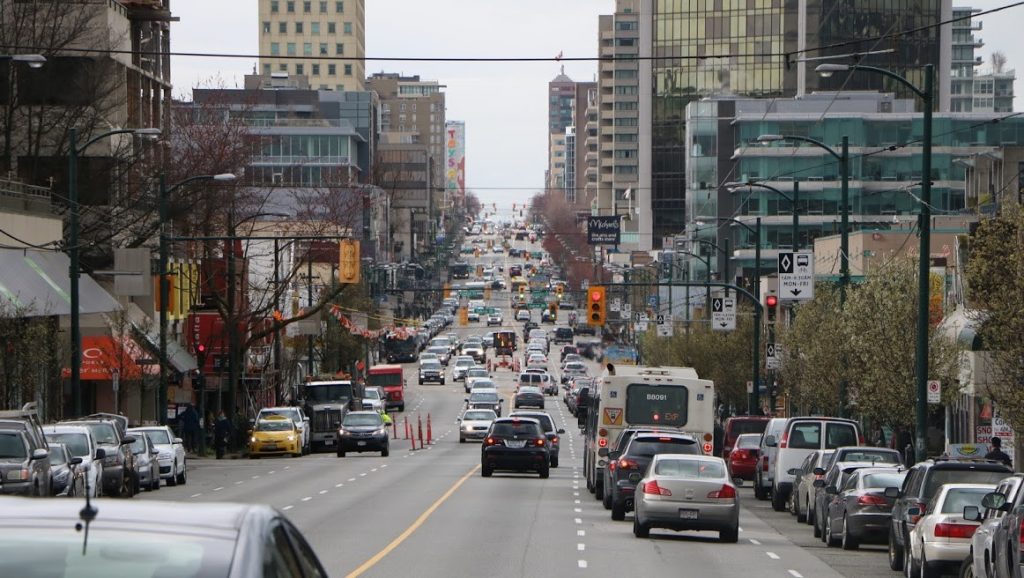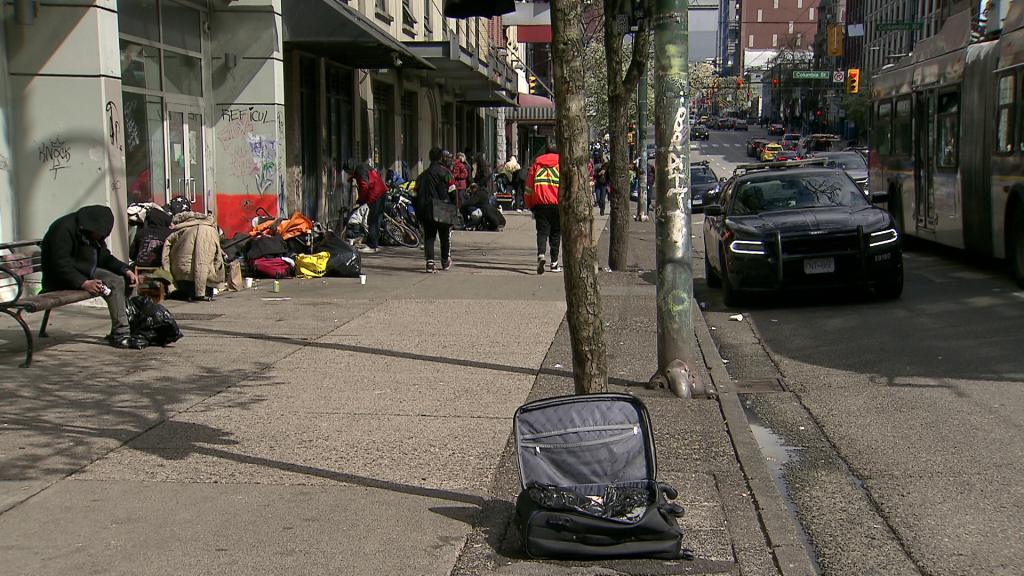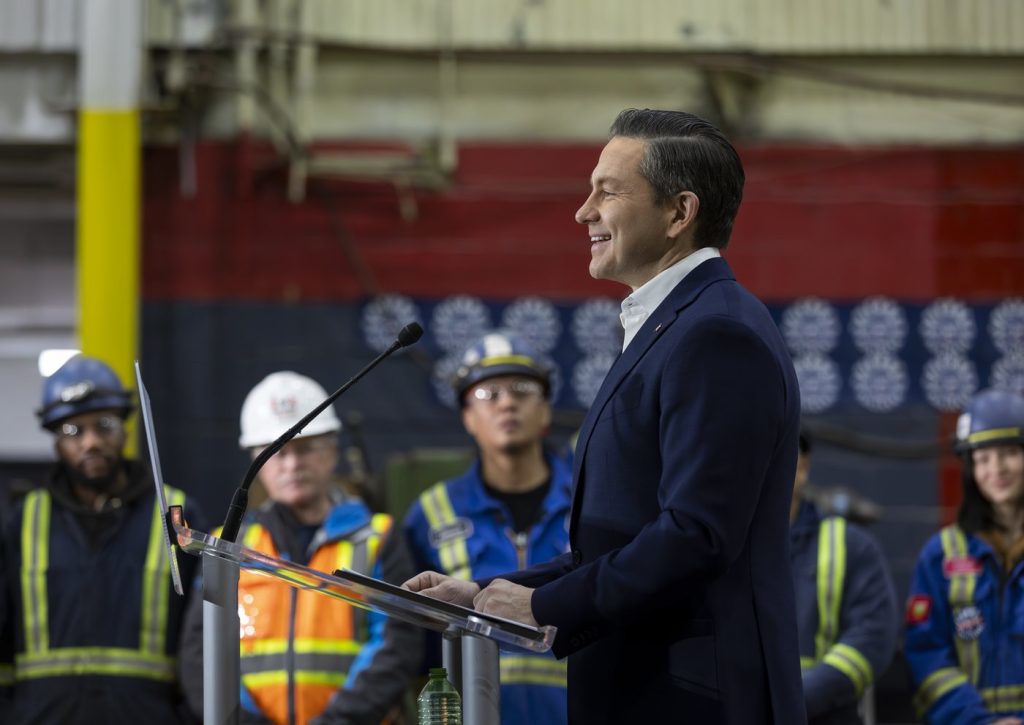More people fixing their old cars due to lack of new supply, inflation

Posted July 20, 2022 7:40 am.
Last Updated July 20, 2022 7:44 am.
You’re not alone if you’re trying to make the car you currently have last longer on the road.
Amid a shortage of supply of new vehicles and the rising rate of inflation, which continues to make just about everything more expensive, many appear to be trying to make what they have work.
“We get a lot of customers that come in two to three times a year that used to lease vehicles and I noticed that they’re not really surrendering their vehicle, they’re doing a buy-out on the leased vehicles and keeping the vehicles because of shortage of vehicles,” explained Iman Khan, who manages the Jiffy Lube on Kingsway Avenue in Vancouver.
“The other thing we noticed is a lot of the people are keeping their older cars and servicing them more because they can’t find any cars, so they’re spending more money keeping what they got.”
Related articles:
-
Broken-down jeep sparks Metro Vancouver bidding war, reflects local market frenzy
-
Chip shortage keeps driving up auto prices, cutting sales
-
As chip shortage goes on, cars are scarce and prices are up
He adds right now he’s seeing cars that are anywhere between one to two decades old and in some cases, he says customers are taking the initiative to make sure things like their transmission and radiator fluids are good to go so they don’t get stuck with a big bill down the road.
“With an older car, if the transmission goes it’s a $3,000-$7,000 repair bill, so I notice a lot of customers now are asking for transmission services more than ever.”
Khan says if you’re not sure what to get serviced, read your owner’s manual and look at what the manufacturer recommends.
“Usually on transmissions on the older vehicles, it used to be every 50,000 kilometres [and] new cars 80,000 to 100,000 kilometres you changed the fluid, same with the coolant, change it every five years or 100,000 kilometres. Keep an eye on your tires and brakes because it’s a lot easier and a lot cheaper to maintain a car than to fix it when it’s broken down,” he recommended.
But Khan says it’s not just the new-car market that’s out of reach for many people.
“The price of used cars is extremely high. The same car that was $8,000 last year, you can get at least $10,000 to $12,000 for it this year. It seems people are just keeping their cars longer.”

Khan says it is crucial to get your oil changes done on time, if not earlier. Josh Smythe, automotive manager at BCAA, agrees.
“Just as we age and we need to go to the doctor a little bit more often, as the car ages, it needs to go to the shop a little bit more often. And it’s more than just your oil change. There’s your brake fluid, your transmission fluid, you have power steering fluid and of course, there are other services that are not fluid-based, that could be wheel bearings, control arms and steering components,” Smythe told CityNews.
He, like Khan, is urging you to not ignore any signs your car may be in trouble.
“As you start to hear these new creaks and groans and maybe rattles, those are usually indicators that something needs to be looked at, so don’t ignore the little things because they will add up and then all of a sudden, you’re going to have a lot bigger problems with your vehicle,” said Smythe.
‘Prevention is worth a pound of repair’
He admits, anecdotally, BCAA is being called out to help more people with older cars.
“Even myself, I’ve got my car that I’ve stored for the last few years because I’m trying to save gas and I’m riding my motorcycle and this kind of thing and now it’s coming out and first thing I have to do when it comes out is check those fluids, check the maintenance, check the tire, brakes — it’s all about being on top of things,” he explained. “When it comes to older cars, an ounce of prevention is worth a pound of repair. It’s worth the dimes now or the dollars later.”
The BCAA expert points out an older car isn’t just based on the year it was rolled out. Mileage also plays a big role.
“Cars actually age due to mileage. The harder you use your vehicle, the more service you’re going to require. The more driving you do, the more frequency you’re going to have in the shop for maintenance. My driving patterns would be a little bit different than yours, for example, and if I’m using my car twice as much, my car is taking twice the abuse and theoretically speaking, I should be having twice the service. A car of the same age, over a period of time is going to be very different in-service requirements.”
He adds overall wear and tear is usually what ends the lifespan of an older vehicle.
“Friction plays a big part of it, there are a lot of different components in the vehicle that can cause friction, so maintenance does keep things moving smoother, so maybe ignoring that squeaky noise, that can turn into a whole different brake problem if you ignore it for a little bit too long. I think the biggest issue people are coming across is, ‘Oh, it’s just a little something, I’ll take care of it later.’ And then that little something becomes a bigger something and next thing you know it’s like a can of worms.”
Smythe says one tip to make your car last longer is to drive on highways as much as possible, instead of through city streets. That’s because of the less frequent use of brakes.
“Stop-and-go traffic creates a little bit more load on vehicles as opposed to highway driving, although it’s a higher speed,” he said. “As crazy as it sounds, being on a highway is less wear and tear on your vehicle than it would be in city driving.”








